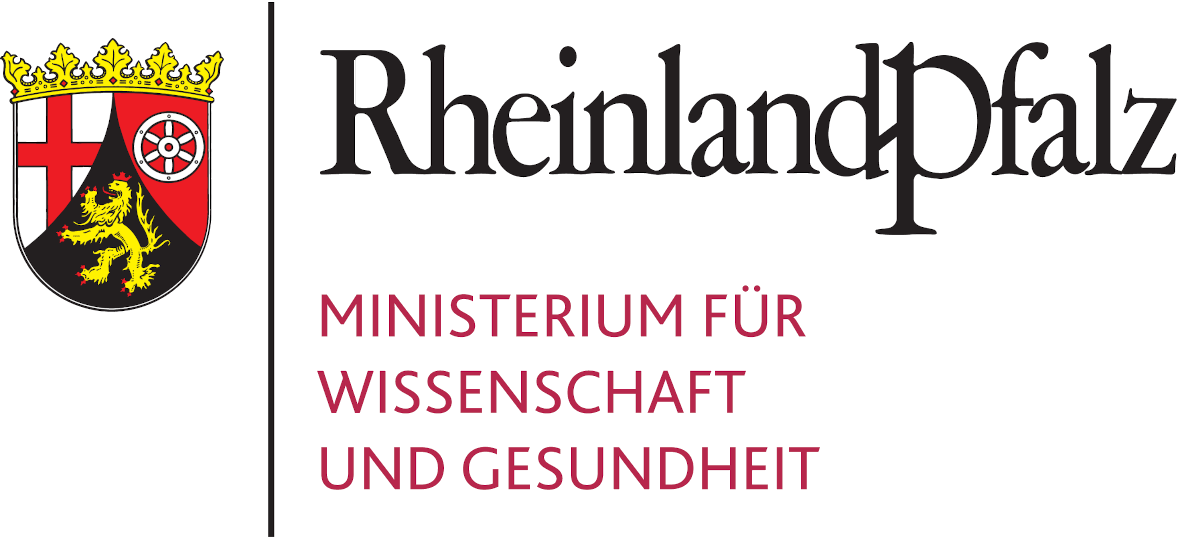Digital Dakka
The construction of the Aswan High Dam (Sadd el-Ali) in the 1960s and the ensuing formation of Lake Nasser submerged the Nubian Nile valley, destroying large parts of Nubia’s cultural heritage and landscape. A gigantic UNESCO mission rescued some of the ancient remains, mostly temples, from flooding. Especially the temples of Ramesses II at Abu Simbel (13th century BCE) attracted world-wide attention, since they were moved to an artificial mountain on higher ground. In recognition of the contribution of the international community Egypt donated some Nubian temples to museums in the USA and Europe. Others were relocated to the desert near Lake Nasser, while several are now in the Sudan National Museum in Khartoum. These temples have in common that they were not only divorced from their original context, the landscape of the Nile valley, but also from the ancient settlement and cemetery remains as well as the nearby modern Nubian villages. The Nubian population was forced to resettle in Aswan and the region dubbed “New Nubia” north of Aswan. The knowledge of the Nubian natural and cultural landscape is shattered and spread out over the reports of foreign visitors and researchers as well as the memories of people who lived there. These accounts, from oral tradition to photographs and scholarly publications, have in common that they can be placed in the landscape.
Initially, the cross-disciplinary project “Digital Nubia” will focus on Dakka, ca. 110 km south of Aswan. “Digital Dakka” is set out to create a three-dimensional model of the Dakka region, focusing on a massive temple that was moved to New Sebua on the west bank of Lake Nasser. This temple, constructed and decorated from the third century BCE to the second century CE, formed the core of an ancient settlement, later also of a Roman garrison, followed by an adjacent modern Nubian village. The project intends to integrate different research paths in a digital landscape reconstruction and to serve as the basis for an expansion of three-dimensional presentation of diverse forms of knowledge. This includes the research history of the region and its cultural landscape (lead: R. Tamborrino), the digital reconstruction of architecture and landscape (lead: A. el-Antably), the epigraphic and historical study of Dakka Temple (lead: M. Minas-Nerpel), and a community work group (lead: M. Hanna), which will include the integration of the Nubian population in the preservation of tangible and intangible cultural heritage. The material will be integrated in a three-dimensional digital resource (lead: W. Wendrich).
Literaturhinweis
Tamborrino, R. and W. Wendrich, ‘Cultural heritage in context: the temples of Nubia, digital technologies and the future of conservation’, Journal of the Institute of Conservation 40/2 (2017), 168 – 182, DOI: 10.1080/19455224.2017.1321562






